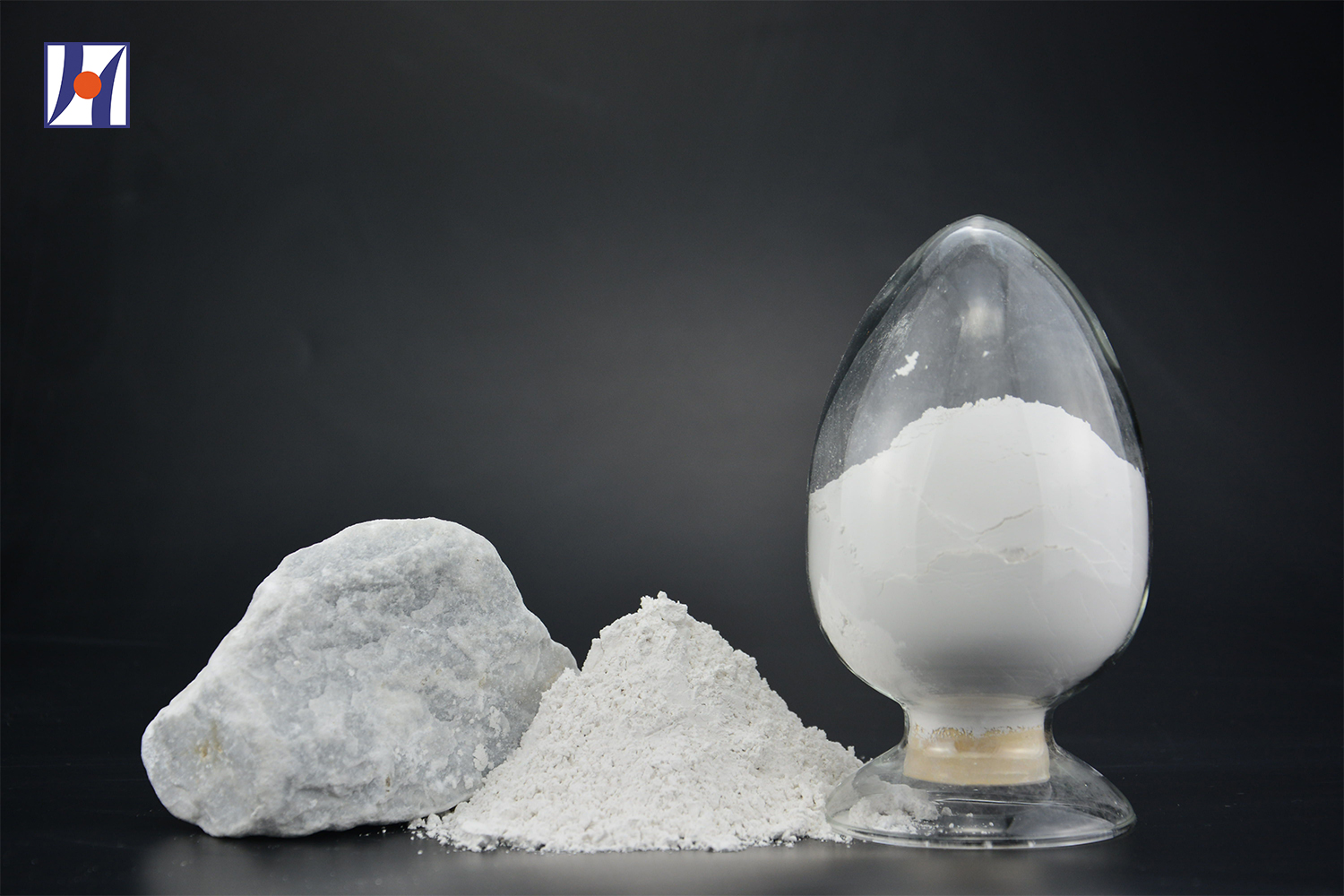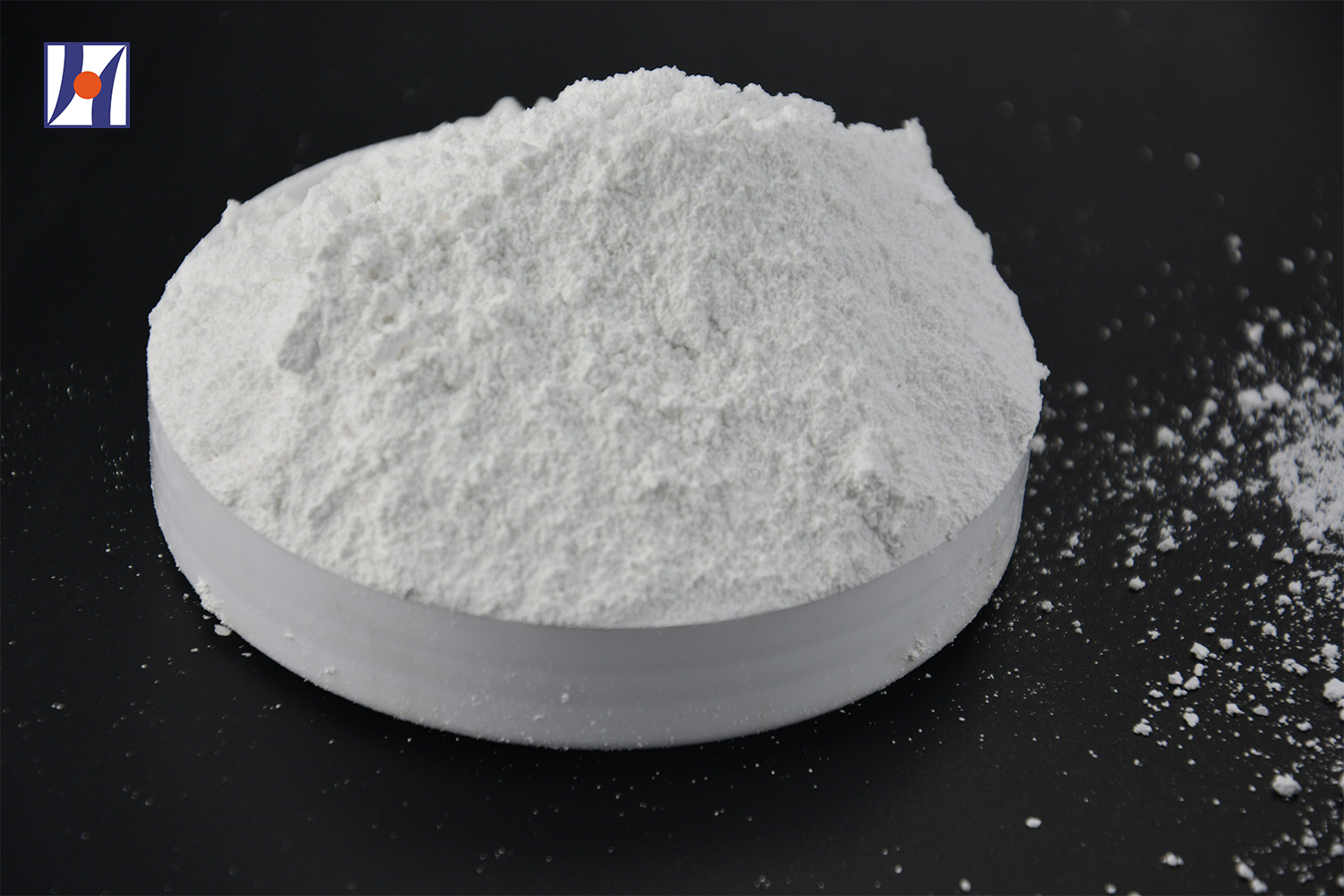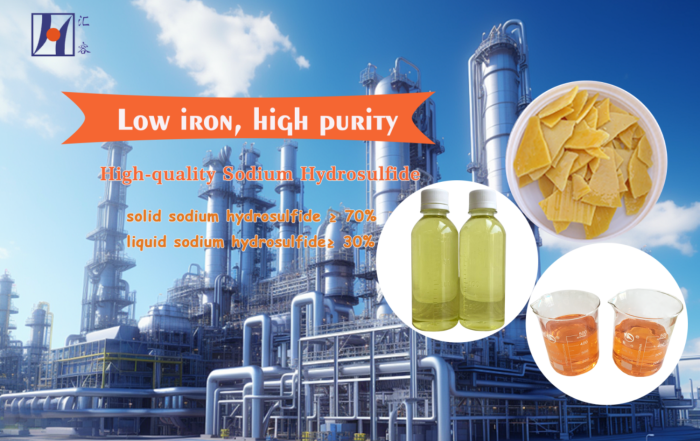The Important Role Of Calcium Carbonate In Plastics
China has become a major producer and consumer of plastic products. In 2006, the production of plastic products exceeded 40 million tons, ranking second in the world and maintaining a double-digit annual growth rate for over 20 years. It can be foreseen that with the growth of domestic consumption demand and the increase in the number of exports supplied to the international market as a global manufacturing base, the annual production of plastic products in China will continue to grow rapidly for a considerable period of time in the future.
In the plastic processing process, besides using synthetic resin as the basic raw material, it is indisputable to scientifically, correctly, and reasonably use various additives and additives, among which inorganic mineral powder materials are one of the most important additives. As we all know, adding inorganic mineral powder materials to plastics can play an important role in reducing raw material costs, improving performance, and endowing new functions. In recent years, it has been further discovered that the use of inorganic mineral powder materials can reduce white pollution, protect the environment, and have environmental benefits. In the current trend of emphasizing the implementation of circular economy and building a resource-saving and environmentally friendly society, the significant significance of the application of inorganic mineral powder materials in plastics is highlighted.
Not all plastic materials and products require the addition of inorganic mineral powder materials, nor do they all require the same amount. When calculating the quantity of inorganic mineral powder materials used in plastics, it is usually calculated at 10% of the total production of plastic materials and products. Currently, the plastic processing industry in China uses at least 4 million tons of inorganic powder materials annually. Calcium carbonate (including heavy calcium and light calcium) is the most widely used and widely used inorganic mineral powder material. Among the total amount of inorganic mineral powder materials used, calcium carbonate accounts for more than 70%. This is not only because of the abundant resources and low price of calcium carbonate, but also because of its good stability, simple color, low wear, easy drying, easy processing, and non-toxic advantages, which are important reasons for its widespread and extensive use.
Looking at the history of using calcium carbonate in the plastic industry, it can be concluded that since the beginning of China’s plastic industry in the 1960s, the application of calcium carbonate has always developed with the development of the plastic processing industry. The initial idea of using calcium carbonate in plastics benefited from the experience of using lightweight calcium carbonate in rubber materials and products. This is also why the use of lightweight calcium predates that of heavy calcium and has continued to this day. Starting from the 1980s, with the gradual deepening of China’s reform and opening up, the processing and application of heavy calcium carbonate, mainly characterized by resource economy, rapidly emerged. The historical period of large-scale use of heavy calcium carbonate, represented by filling masterbatch, has arrived. By the mid-1990s, there was a leap in the processing of heavy calcium, with a particle size of 10 μ Ultra fine heavy calcium below m has begun to enter the market, and the third stage of using both heavy calcium and light calcium, as well as heavy calcium with different thickness ranges, has begun. By 2015, nanometer calcium carbonate will be industrialized, opening up a new Xintiandi for the application of calcium carbonate in plastics.
Calcium carbonate, as a commonly used powder material for plastics, has many advantages that other powder materials do not have, such as high whiteness, easy surface organic treatment, light wear on processing equipment and molds, good molding and processing fluidity, etc. In addition, it is rich in resources and low in price, making it the preferred inorganic mineral powder material in the plastic processing industry. Based on the current thinking and experience of plastic processing enterprises, the factors considered when selecting calcium carbonate constitute the basic requirements for calcium carbonate.
(1) Low Price
Although calcium carbonate is relatively inexpensive compared to synthetic resins and can be considered cost-effective compared to any other powder material, due to the large number of suppliers, enterprises are still price sensitive, and the cheaper the better, provided that it can be used.
(2) The Higher The Whiteness, The Better
The color of calcium carbonate itself is whiter than other inorganic mineral powder materials. In terms of specific values, reaching 90 degrees is sufficient. The effect of whiteness on the properties of filling plastics is not significant, but plastic processing companies still hope that the higher the whiteness, the better
The following reasons:
① The higher the whiteness, the higher the purity, and the lower the content of other mineral components other than calcium carbonate.
The graying of calcium powder indicates the possible presence of free carbon, yellowing indicates the presence of more iron compounds, and darkening indicates a high content of silicon. High impurity content can sometimes affect the color and appearance of filled plastic products, as well as cause significant wear and tear on processing equipment and molds during the processing.
② The higher the whiteness, the better the visual impression and the higher the level of appearance.
③ The higher the whiteness, the more positive and stable the final color will be when combined with other pigments.
(3) The Particle Size And Its Distribution Should Be Appropriate
As a powder material, firstly, it is necessary to consider the particle size of the particles themselves and the proportion of particles within a certain size range under testing conditions. Secondly, it is necessary to consider the existence status of these particles from practical applications, whether they aggregate together, and whether the aggregates can be dispersed during the filling system processing, like islands of various sizes in the ocean, in the “ocean” of the matrix plastic?
① From a cost perspective, as long as it meets the usage requirements, it is better to use coarse ones than fine ones. For example, the heavy calcium used in the production of flat polypropylene woven bags (fabrics) with a particle size of 400 mesh is sufficient. If finer calcium powder is used, not only will its price significantly increase, but more additives and carrier resins will also be consumed in the production of filling masterbatch, which is not worth the loss.
② From the perspective of the performance of filling plastics, it is better to use finer particle sizes while increasing costs appropriately. Table 4 lists the effects of different particle sizes of heavy calcium on the properties of polyethylene (PE) plastic films under the same filling conditions.
③ From the perspective of processing fluidity, it is better to have a larger average particle size while controlling the maximum particle size.
The particle size distribution of calcium carbonate products with the same particle size may vary greatly, which can be reflected from the average particle size. For plastic products that require good processing fluidity, such as injection molded products, PE films produced by casting, etc., calcium powder with an average particle size too small should not be used. If possible, it is best to separate small particles while controlling the maximum particle size. This is because the more small particles there are, the poorer the processing flowability of the filling system.





